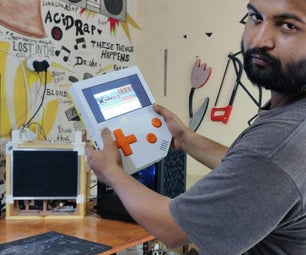Introduction: Apple Pi
This video illustrates using Virtual Network Computing (VNC) to Control a Raspberry Pi with an iPhone. The Pi runs the Raspian Wheezy OS and has a VNC server installed by the terminal command "sudo apt-get install tightvncserver". The VNC server is configured to start automatically on Pi powerup by the following terminal commands: "wget http://www.penguintutor.com/otherfiles/tightvncserver-init.txt" ; "sudo mv tightvncserver-init.txt /etc/init.d/tightvncserver" ; "sudo chown root:root /etc/init.d/tightvncserver" ; "sudo chmod 755 /etc/init.d/tightvncserver" ; and "sudo update-rc.d tightvncserver defaults". The iPhone becomes the VNC client by using the free app "Mocha VNC Lite". In this configuration, the Pi does not need an external monitor, keyboard or mouse -- all these functions are performed by the iPhone.











